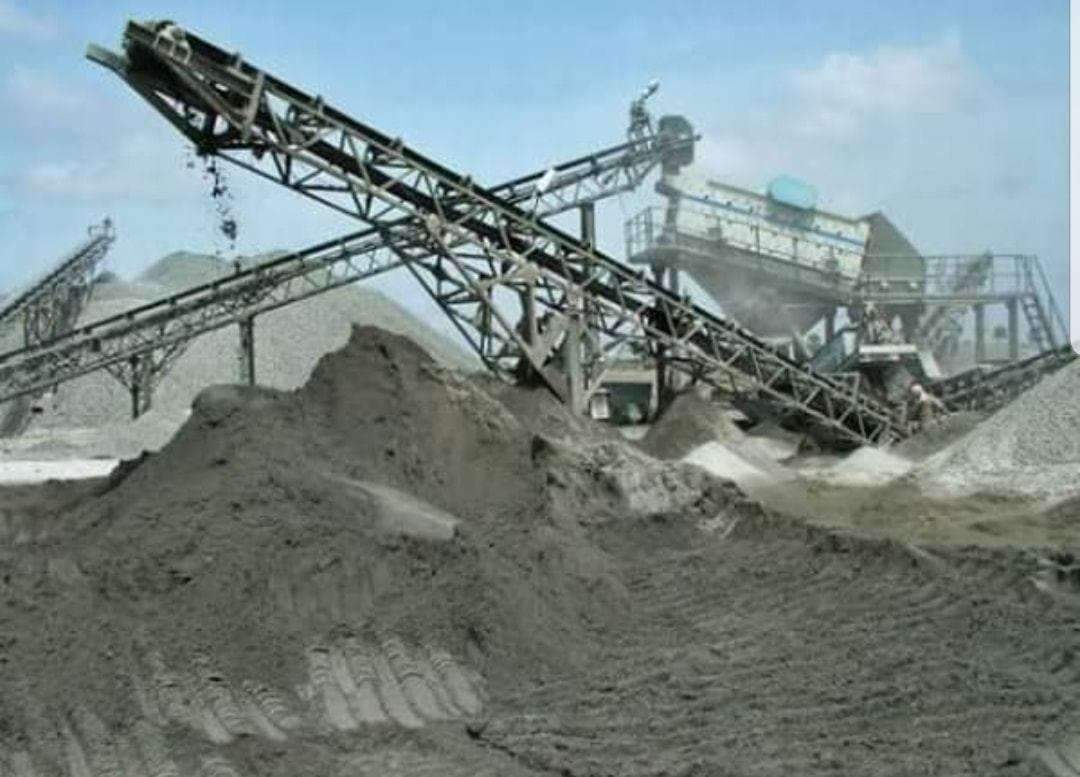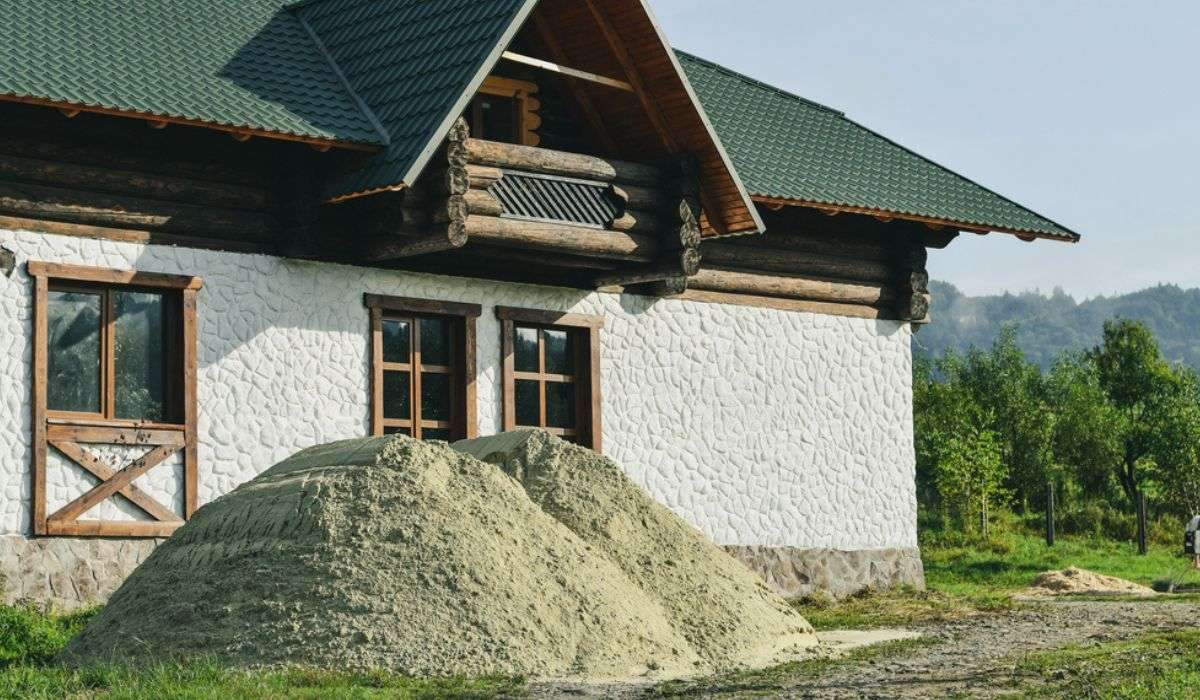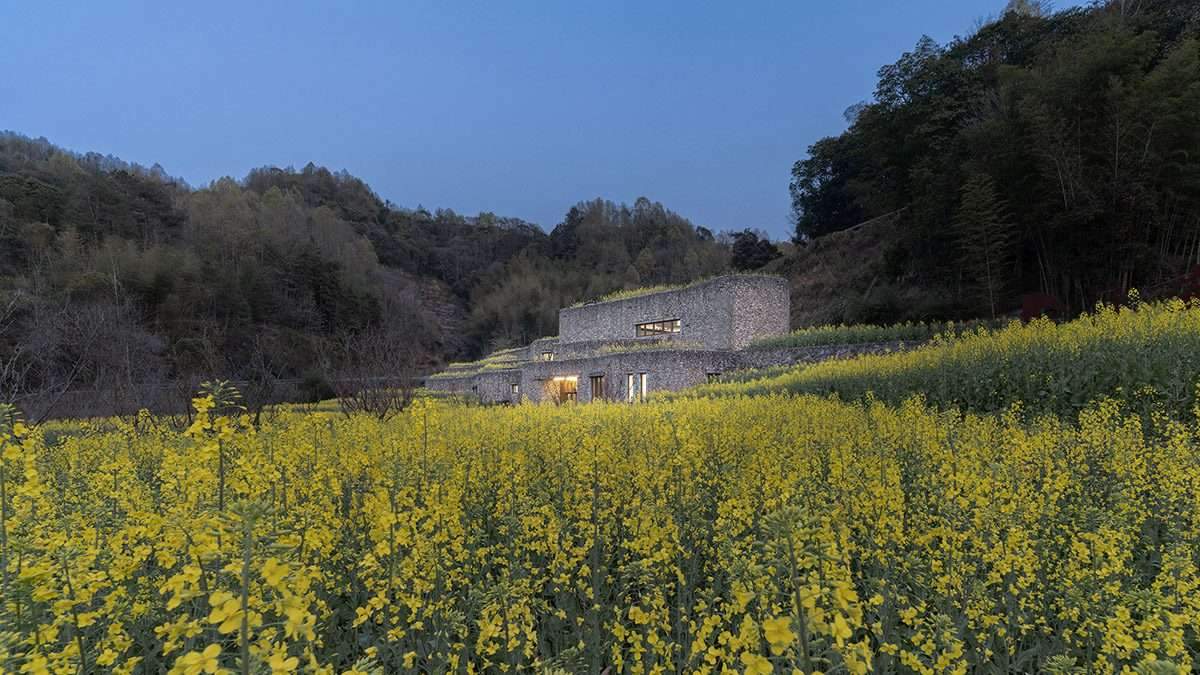The difference between manufactured sand and river sand,
In terms of building and construction,
it is essential to understand the differences between the two most common types of sand – manufactured sand and river sand.
They both have unique properties that make them ideal for different uses.
In this article, we explore the differences between manufactured sand and river sand in detail,
including the advantages and uses of each.
We also look at how each type of sand can be used, from building construction to landscaping.
With this information, you will have all the facts you need to make an informed decision when choosing between the two types of sand for your next project.

What is manufactured sand?
M Sand, or manufactured sand, is a building aggregate made from crushed rock.
This type of sand is produced in quarries by crushing rocks, such as granite and limestone,
into small pieces with the help of a crusher.
The size of the crushed rock is also determined based on the desired output,
with larger sizes typically used in the production of concrete and asphalt.
M Sand is an alternative to river sand, which is becoming increasingly rare due to its rarity and the environmental damage caused by its extraction.
M Sand is manufactured under controlled conditions, using advanced processing technology,
to achieve perfect gradation of different sizes required for different construction requirements.
It has several advantages over river sand, including higher compressive strength and increased toughness.
It is also environmentally friendly as it does not require the extraction of large amounts of sand from the river.

What is river sand?
River sand is a naturally occurring granular material composed of rock and fine mineral particles.
It is commonly found on beaches and inland rivers and is characterized by its relatively high density and grain size.
River sand has been used for centuries in construction and has many advantages over other materials.
River sand is often preferred over other materials, as it provides more strength and stability to the structure.
It is also denser than regular sand, and its particles are more uniform,
which makes it easier to work with and makes it an ideal building material.
In addition, river sand is less expensive than other alternatives and is environmentally friendly,
as it is obtained entirely from natural sources.

M Sand uses
M Sand is useful in the construction of buildings, roads, bridges and dams,
when used instead of river sand, it can reduce energy and water consumption, thus reducing environmental impact.
It also offers good abrasion resistance, with a high level of structural stability compared to river sand.
It can also produce asphalt and concrete, providing durability and strength to structures.
M Sand can also be used for the construction of masonry walls and retaining walls,
as its strength and weight allow the creation of structures that can withstand heavy loads.
Additionally, its low water absorption rate makes it ideal for waterproof structures such as swimming pools and spas.
Besides construction field, M Sand is widely used in landscaping, gardening and other outdoor projects.
Its weather and abrasion resistance makes it a great choice for walkways and floors.
It also fills small cracks and gaps in lawns, creating an attractive, uniform surface.

River sand uses
It is one of the most widely used sands in the construction industry.
River sand is one of the preferred materials for building homes, roads,
and other infrastructure, due to its high compressive strength, durability,
and general suitability for various construction tasks.
In this article, we explore the different uses of river sand and how it compares to manufactured sand (M sand).
River sand can be used for making mortar and plastering,
and mortar is a mixture of sand, cement, and water commonly used in construction to hold bricks and stones together.
Sand can be used to form the base of the mortar and combined with cement to form a strong and durable mortar.
In addition, river sand is also used for plastering walls, as the sand can be mixed with water and cement
To form a strong, even plaster that adheres to the wall and provides a level of insulation.
In addition to mortar and plastering, river sand is used for concrete.
Sand provides aggregates that can be combined with water, cement, and other materials to form concrete.
This type of concrete is very durable and is used in the construction of homes, roads and bridges.
Sand can also be used to fill gaps in roads and bridges.
River sand is also used in landscaping and gardening, as The Sand provides a natural aesthetic appearance.
It is ideal for use in rock gardens and for providing structural support to flower and vegetable beds.
The Sand can also be used to create natural looking driveways.
Finally, river sand is also used for recreational activities such as beach volleyball and beach soccer.
The Sand provides a safe and fun playing surface for these activities, and its fine-grained nature makes it ideal.

The difference between M Sand and River Sand
Debate over whether M Sand (manufactured sand) or River Sand is better for construction has been going on for a while.
Both have their pros and cons, so understanding the difference between the two types of Sand is essential to making the best decision for your project.
Let’s take a look at the different properties of M Sand and River Sand.
The most obvious difference between M Sand and River Sand is their source,
M Sand is made in a factory by crushing rocks,
While River Sand is obtained naturally from river or streams.
Both types of sand can be used for construction,
but M Sand offers some advantages over River Sand, making it the preferred choice.
M Sand consists of round grains that are soft to the touch, making them ideal for plastering.
In contrast, River Sand consists of sharp-angled grains, which makes it unsuitable for plastering.
Additionally, M Sand is often cheaper than River Sand and more consistent in size and quality.
This means that M Sand may contain undesirable materials such as silt and mud, which often occurs in River Sand.

M Sand also has superior compaction capabilities due to its shape and texture,
making it the preferred choice for backfilling and foundations.
River Sand has less compaction capabilities, although it is still used in many construction projects.
Overall, M Sand holds the upper hand in terms of quality, consistency, and affordability.
However, it is important to remember that every project has unique needs and requirements,
so choosing the Sand that is best suited for that particular project is essential.
In conclusion, M Sand and River Sand each have their pros and cons.
It is important to research and evaluate which type of sand is best suited for a particular project.
Ultimately, it is important to ensure that the project has the best quality and long-term performance.
Considering the cost, availability and sustainability of Sand, M Sand is preferred over River Sand.
For more architectural news







